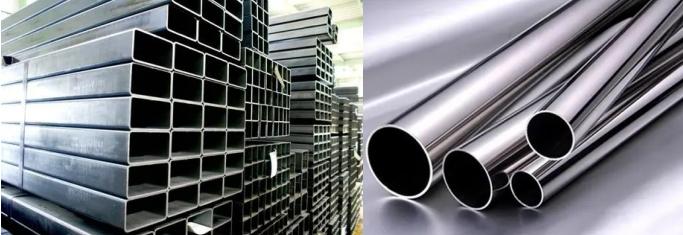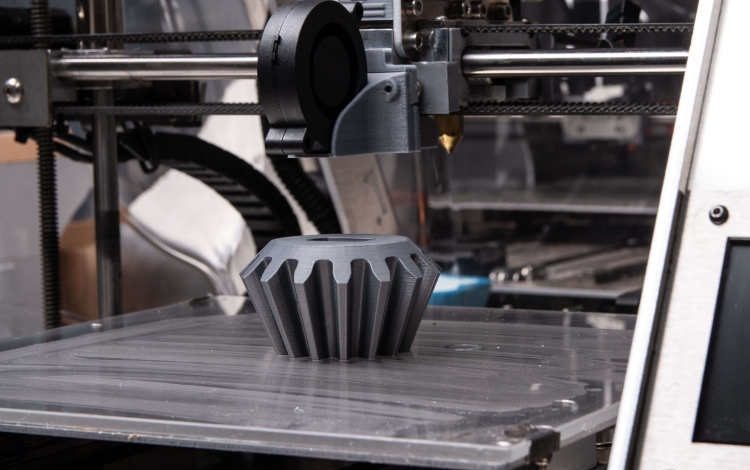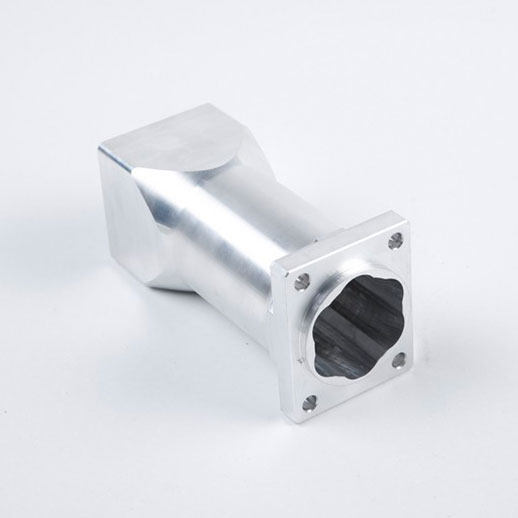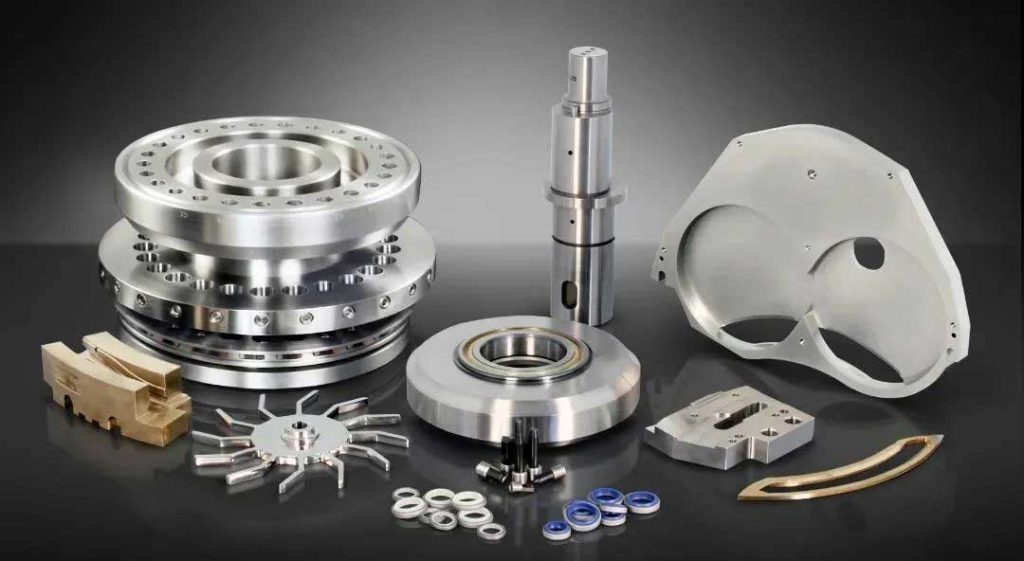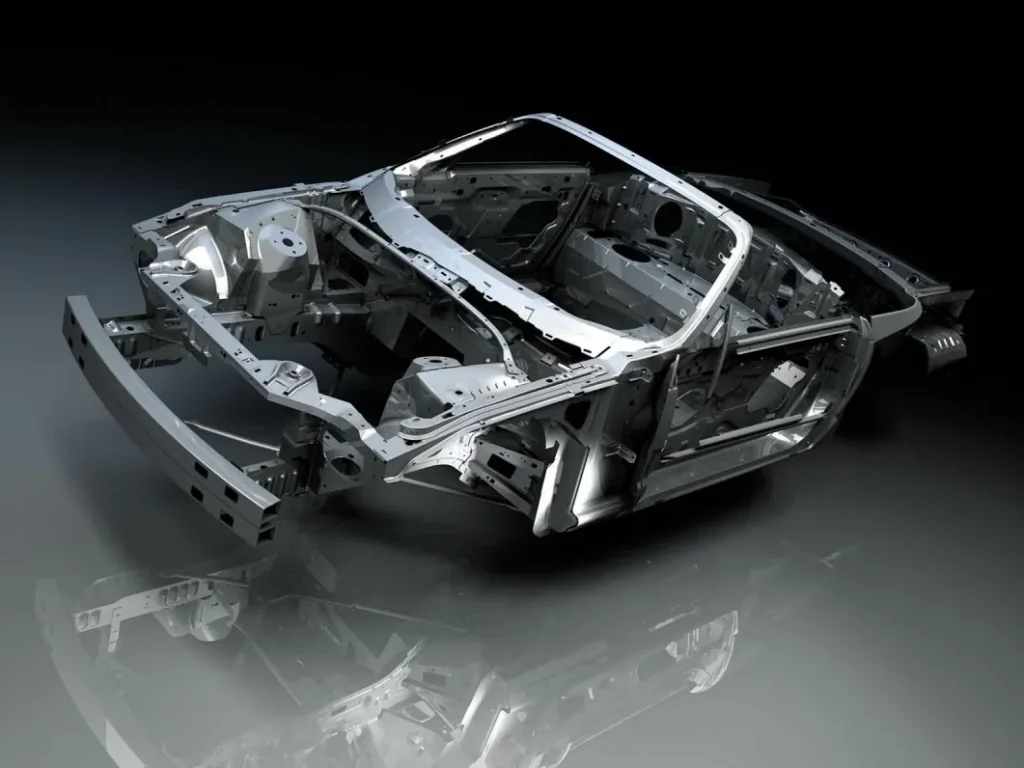In the realm of CNC machining, the choice of material can significantly impact the quality, durability, and cost-effectiveness of the final product. Two commonly used materials in CNC machining are galvanized steel and stainless steel. While both offer distinct advantages, understanding their properties and suitability for CNC machining is crucial for informed decision-making.
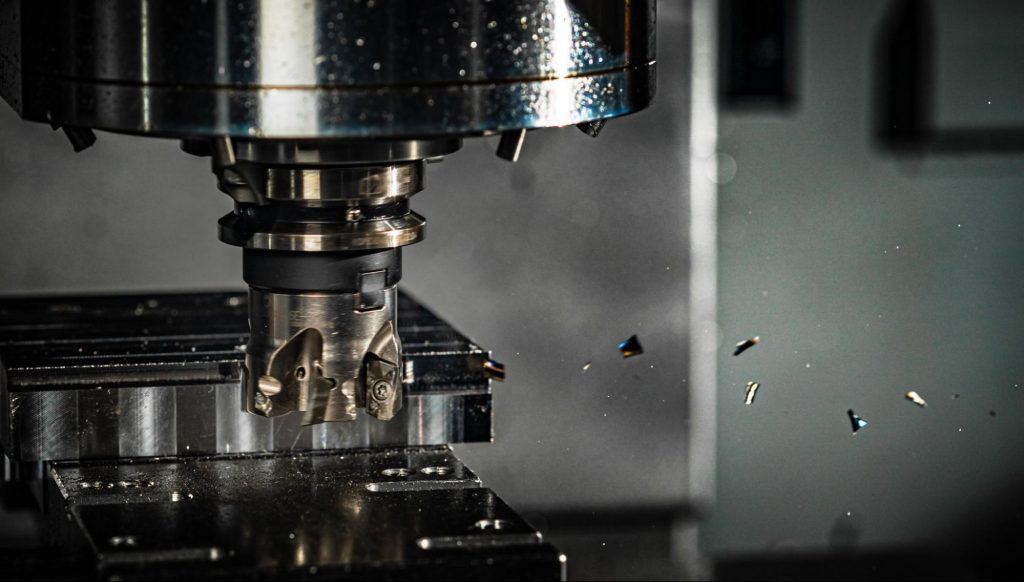
Properties of Galvanized Steel and Stainless Steel
Galvanized Steel:
Galvanized steel is steel coated with zinc to prevent corrosion. This coating provides excellent protection against rust and corrosion, making galvanized steel a popular choice for outdoor and industrial applications. It offers high tensile strength, good formability, and relatively low cost compared to stainless steel.
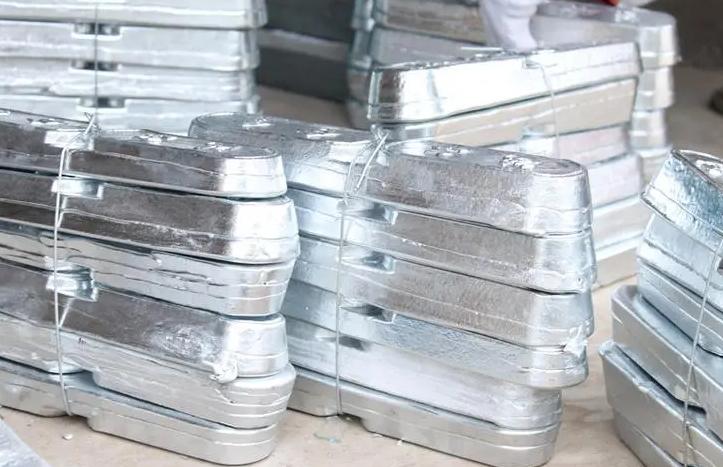
Stainless Steel:
Stainless steel is an alloy of iron with a minimum of 10.5% chromium content, which forms a passive layer of chromium oxide that prevents corrosion and rusting. Stainless steel is highly resistant to corrosion, heat, and chemical damage, making it ideal for applications requiring hygiene, durability, and aesthetic appeal. It comes in various grades, each offering different levels of corrosion resistance, strength, and machinability.
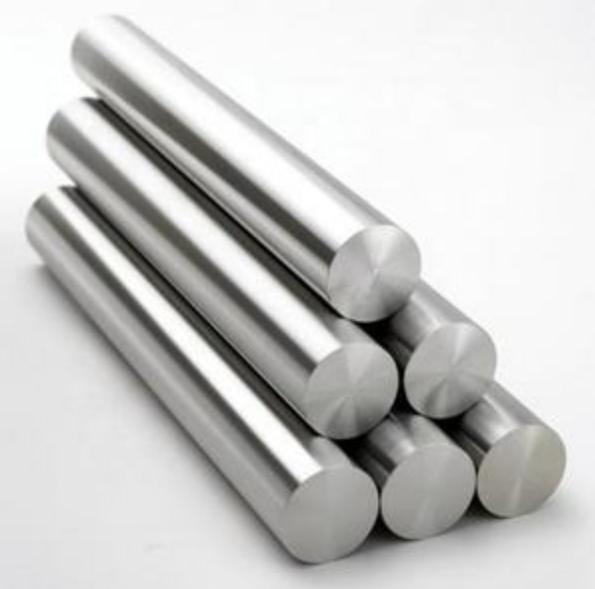
Here’s a table sorting the mechanical and chemical properties of galvanized steel and stainless steel:
| Property | Galvanized Steel | Stainless Steel | |
| Mechanical Properties | Strength | Retains base steel strength | High strength depending on grade and treatment |
| Ductility | Generally maintains base steel ductility | Ductile, varying by grade and processing | |
| Hardness | Varies, affected by coating thickness | Varies, depending on grade and treatment | |
| Toughness | Impact resistance improved by coating | Generally good toughness | |
| Chemical Properties | Corrosion Resistance | Excellent due to zinc coating | Excellent due to chromium oxide passive layer |
| Chemical Stability | Stable under normal conditions | Highly stable, resistant to chemical reactions | |
| Heat Resistance | Limited, coating may degrade at high temps | Excellent, can withstand high temperatures | |
| Hygienic Properties | Not as hygienic as stainless steel | Easy to clean and sterilize, suitable for hygiene | |
| Magnetic Properties | Typically magnetic | Varies by grade and processing | |
| Electrochemical Properties | Sacrificial protection due to zinc | Excellent electrochemical properties | |
This table provides a comparison of the key mechanical and chemical properties of galvanized steel and stainless steel. Keep in mind that the properties mentioned can vary based on specific grades, coatings, and processing methods.
Are Galvanized Steel and Stainless Steel Suitable for CNC machining?
In general, both galvanized steel and stainless steel are suitable for CNC machining, albeit with some considerations:
CNC Galvanized Steel:
Galvanized steel is machinable, but the zinc coating may pose challenges during machining. The heat generated during cutting can cause the zinc coating to vaporize, leading to tool wear and surface roughness. Additionally, the presence of zinc fumes may pose health and safety risks in the machining environment.
Stainless steel is known for its excellent machinability, especially in its annealed or soft state. However, certain stainless steel grades, such as those with high carbon content or precipitation-hardening grades, may exhibit poor machinability. Proper tool selection, cutting parameters, and coolant usage are essential to achieve optimal results when machining stainless steel.
There are some detailed considerations to keep in mind:
- Tooling: CNC machining involves cutting, drilling, and shaping materials using computer-controlled tools. For both galvanized steel and stainless steel, appropriate tooling is necessary to achieve efficient machining. High-speed steel (HSS) or carbide tools are commonly used for machining these materials due to their hardness and wear resistance.
- Cutting Parameters: Galvanized steel and stainless steel have different mechanical properties that affect the machining process. Stainless steel is generally harder and tougher than galvanized steel, so machining parameters such as cutting speed, feed rate, and depth of cut may need to be adjusted accordingly. Stainless steel may require slower cutting speeds and more rigid setups to prevent tool wear and maintain dimensional accuracy.
- Coolant: Cooling and lubrication are essential during CNC machining to dissipate heat and prevent tool wear. Stainless steel generates more heat during machining compared to galvanized steel due to its higher hardness, so adequate coolant flow and lubrication are crucial, especially when machining stainless steel to prevent tool overheating and premature wear.
- Chip Control: Proper chip control is essential for efficient CNC machining. Stainless steel tends to form long, stringy chips that can interfere with the machining process if not properly managed. Chip-breaking techniques or specialized tool geometries may be required to control chip formation and evacuation.
- Post-Machining Treatment: After CNC machining, both galvanized steel and stainless steel may require additional finishing processes such as deburring, grinding, or polishing to achieve the desired surface finish and dimensional accuracy. Stainless steel may also undergo passivation to enhance its corrosion resistance and remove surface contaminants.
In summary, while both galvanized steel and stainless steel can be CNC machined, machinists should be aware of their differences in material properties and machining behavior. Proper tool selection, cutting parameters, coolant/lubrication, chip control, and post-machining treatment are essential for achieving high-quality machined parts from these materials.
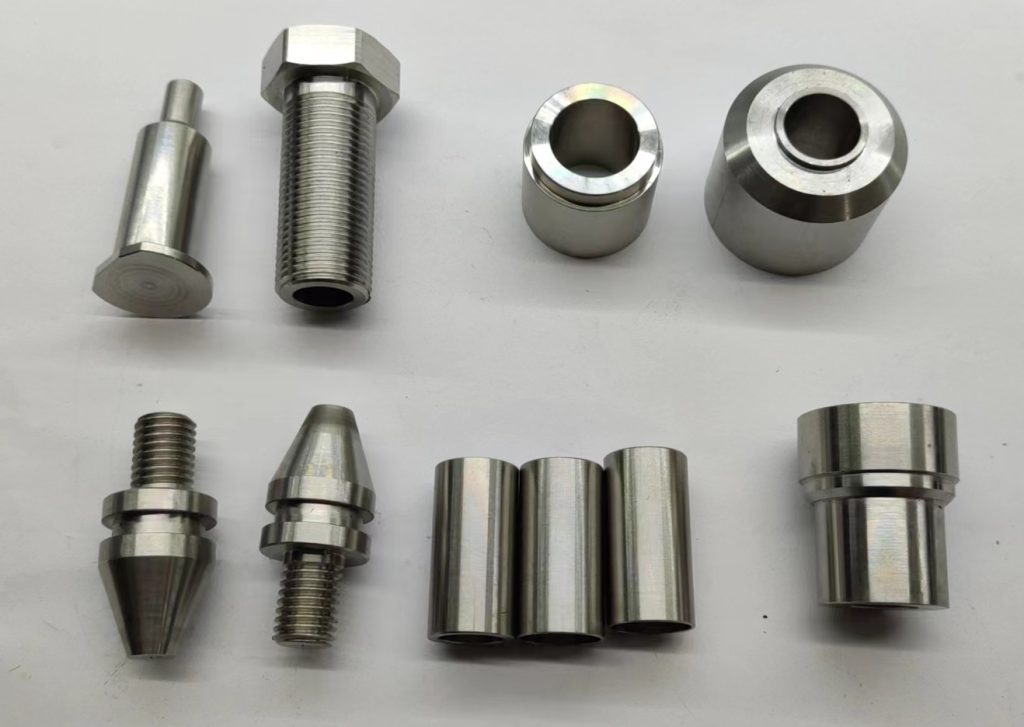
Comparison of CNC Galvanized Steel and CNC Stainless Steel
Here’s a breakdown of key factors to consider when choosing between CNC galvanized steel and CNC stainless steel:
| Aspect | CNC Galvanized Steel | CNC Stainless Steel |
| Cost-effectiveness | Generally more cost-effective | Typically higher initial cost, but may offer long-term savings |
| Durability and Corrosion Resistance | Moderate corrosion resistance; vulnerable if coating is compromised | Highly durable and corrosion-resistant; suitable for harsh environments |
| Machinability | Easier to machine; softer material | More challenging to machine; requires specialized tools |
| Surface Finish and Aesthetics | Matte gray appearance; industrial aesthetic | Sleek appearance; polished or brushed finish |
| Environmental Impact | Environmental implications due to zinc coating | Recyclable and reusable; potential concerns with chromium content |
This table provides a concise overview of the comparison between CNC Galvanized Steel and CNC Stainless Steel across various aspects.
Conclusion
In conclusion, the choice between CNC galvanized steel and stainless steel hinges on project requirements, budget constraints, and environmental considerations. While galvanized steel offers affordability and adequate corrosion protection, stainless steel emerges as the superior choice for applications demanding longevity, aesthetics, and corrosion resistance. Ultimately, a thorough evaluation of properties, machinability, and project specifications will guide the selection process, ensuring optimal outcomes in CNC machining endeavors.



